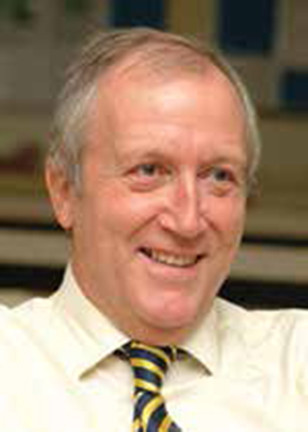Article

‘Time may change me, but I can’t trace time' ‘Changes’. David Bowie, 1972.
I have suspected that the volume of articles published on Molar Incisor Hypomineralization (MIH) has been increasing, and this has been corroborated by a statement in a recent paper that this problem was more common than previously thought.1 On the other hand, the improved resources said to be given to prevention and the improvements in oral hygiene as a result of improved patient/parental awareness might mean that, in the past, teeth which were affected by MIH became grossly carious and were extracted, thereby being lost to further examination and comment. It was therefore a surprise to read a paper by Martin Curzon and colleagues who provided evidence of MIH being present in teeth in a skull which dated back to medieval times.1 This skull, thought to be that of Lady Eleanor Talbot (c1438–1468), who ended her life as a Carmelite nun, exhibited enamel defects in the 36/46 molar teeth, as well as enamel striations of permanent anterior teeth. It is not a surprise to note that the molar teeth exhibited marked wear, and that periodontal disease had been present as evidenced by bone loss in the mandibular molar/premolar region, but it is obvious that MIH is not as new as we may have thought!
More interesting information from the past is contained in a fascinating book2 kindly sent to me by a previous, long-serving Dental Update Editorial Board member, Professor David McGowan. This book, representing the proceedings of a symposium of ten speakers on Apprenticeship to Lifelong Learning, has been painstakingly put together by the editors. There were a number of surprises! Readers will be aware of the relatively recent and increasing feminization of the dental profession in the UK and, indeed, in many other parts of the world, but we are generally not aware of any female influence in the dental profession in the distant past. We all know that the professions started as affiliates to the barbers, with documented evidence of apprentice teaching for Barber Surgeons starting in the early 1300s. What is not widely reported is the under-recorded group of ‘Wise Women’, who are described in this book.2 They could be classified as novices, if possibly not Barber-Surgeon apprentices, but the book gives details of records which indicate women taking on their husband's business as widows and being expert tooth-drawers. Furthermore, there is a testimonial, for Mrs Elizabeth Moore, who received a Lambeth Medical Licence, with regard to her skill in treating toothache.3 Where did she receive her training? No-one knows, but it is apparent that many of the ‘Wise Women’ of dentistry carried out their work in their homes, using recipe books for dental cures. A precursor to the feminization of today, perhaps?
Comments relating to the cost of training as a dentist at University are common and how a minimum of £45k may make students ‘self select’ from families who might be able to help with some of the payments. Have things changed? Malcolm Bishop, in the excellent first chapter of the previously mentioned history book,2 alludes to some of the fees charged in the past. To attend (the American) JS Parmly's Dental school in London in 1821 would have cost 200 guineas and Guy's, in 1950, charged a fee of £319. This is not dissimilar to today's fees perhaps, although it should be mentioned that the dental student of today in the UK does not pay anything like the full cost of his or her training.
The recent sad loss of David Bowie will have had many of us (or at least those from a certain era!) searching our back catalogue of CDs and LPs to refresh our memories of his clever tunes and insightful words. I always had thought that the words quoted above actually were Time may change me, but I can't change time, but, as a closer look at the words indicates, I got one word wrong! No matter, I always thought that dentistry was in a constant state of change. Possibly not?

